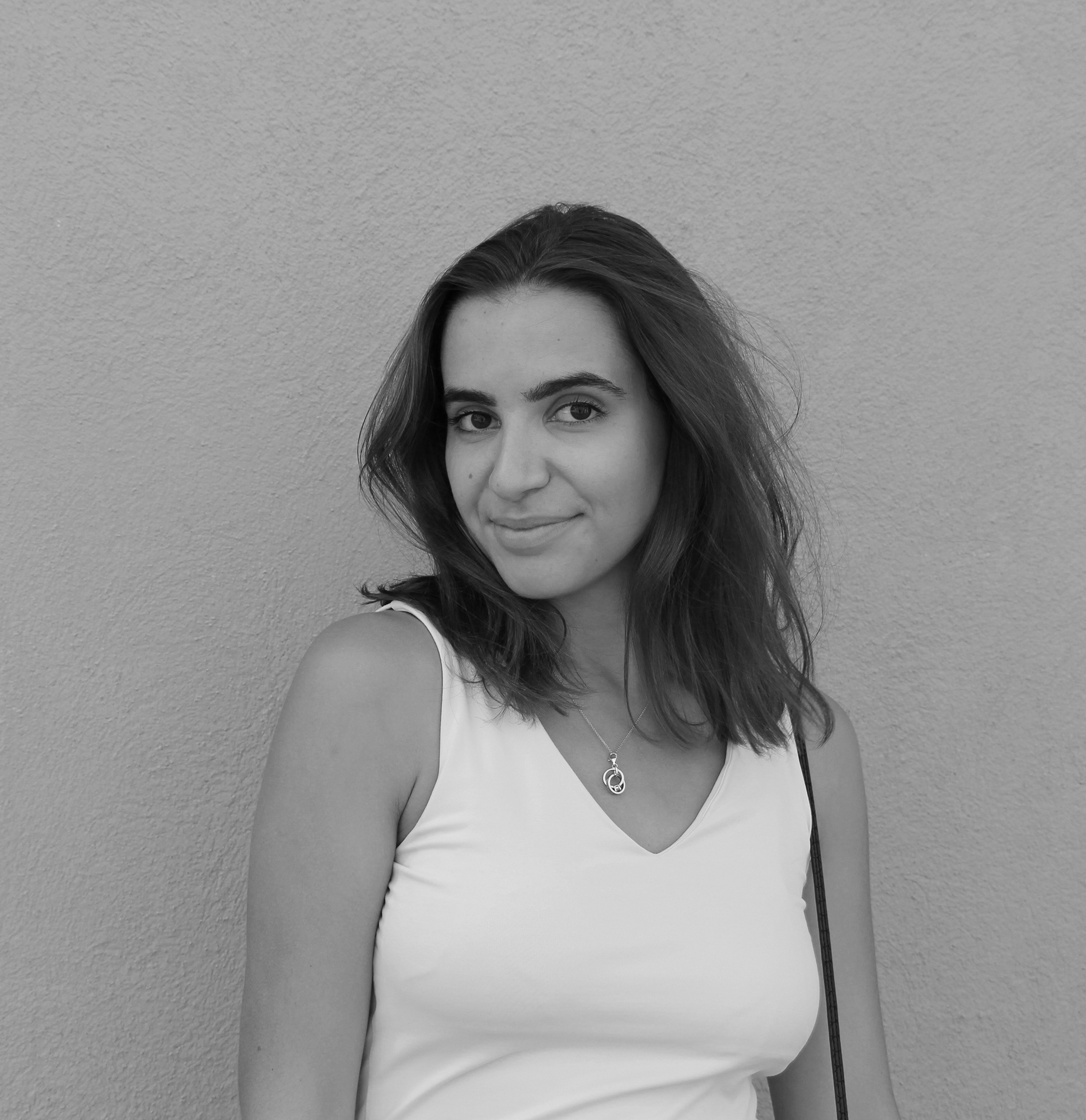Was es macht
The aim of the «Line» project is to solve the problem of plastic micro-particles in farmland. It offers a plastic-free alternative to replace the plastic mulching film used in market gardening to avoid crop weeding.
Deine Inspiration
The desire to work on the theme of plastic pollution came to me after reading the latest FAO (Food and Agriculture Organization of the United Nations) report. We all know the scourge of plastic waste in our oceans, but it reveals that there is actually more plastic in our soils. Plastic is everywhere in agriculture and our farmland is polluted by plastic micro-particles. The idea was to think of a way to replace this plastic and avoid this pollution.
So funktioniert es
Line is a reusable and plastic-free mulching fabric. Made of black linen oiled with linseed oil, it deprives the soil around the plants of sunlight, which prevents the growth of weeds. My canvas is available in two types. One for the seedling spaced out (e.g. cucumbers), so the canvas is made of woven strips that we just spread for planting. One for the seedling in row (e.g. carrots), so the canvas is made of strips that fold under to reveal the line of soil. The spacing varies according to the variety of crop, and these systems allow to use the canvas for any type of crop. The idea is that the canvas is sold on tube so it can be unrolled with unrolling machine. There are small cut-outs on the canvas in case it’s fixed with big staples. Every one metre there is a double sewing to be able to cut between according to the length needed.
Designprozess
I worked on a small scale with Valérie Lefebvre, an organic market gardener from Arnaville in France, who uses reusable plastic mulching fabric. She can’t use straw for her crops because it attracts voles, and she doesn’t use biodegradable mulch (e.g. coco, hemp) because it’s too expensive to buy often. The idea was to find a sustainable, reusable and plastic-free alternative for mulching her crops. First step was to find a material, a textile that would be natural and durable in contact with the soil to be reused indefinitely. I chose to use linen because it’s the most ecological fabric available. Linen is a natural textile so to make it resistant and durable in contact with the soil, I have protected its fibres with linseed oil. After finding the right material, many points had to be taken into account during the process. A quick and easy way for the farmer to use the canvas, pay attention to the different spacing of the plants according to the crop, finding the easiest way to assemble and sew the different parts of the canvas or thinking about the way it would be set up and fixed to the soil. Valérie explain to me that there are two kinds of seedlings: spaced out and in row. That’s why I made two types of canvas, each with a system adapted to the type of seeding.
Warum es anders ist
Line is the first plastic-free and reusable mulching fabric. It is an innovation on several levels. Firstly, I developed the material myself. I did several tests by varying the thickness and colour of the linen, the number of oilings, the ways and time of drying before finding the right combination. Then, the system of woven or folded strips for the different seedlings is the result of many observations and researches in the field.
Pläne für die Zukunft
The purpose is to continue the field tests, to see precisely how the material reacts over the months and years and according to the weather and temperature variations. Then the idea is to develop a way of production for the linen oiled with linseed oil but also for the manufacture of the canvases themselves and to communicate my project as well as possible with a website and through a network of market gardeners. Finally, to set up financing so that market gardeners and farmers who would like to adopt this solution in order to eliminate plastic from their crops can benefit from aid when purchasing the canvases.
Auszeichnungen
Winner of the Swiss Design Association bachelor award 2022



Share this page on